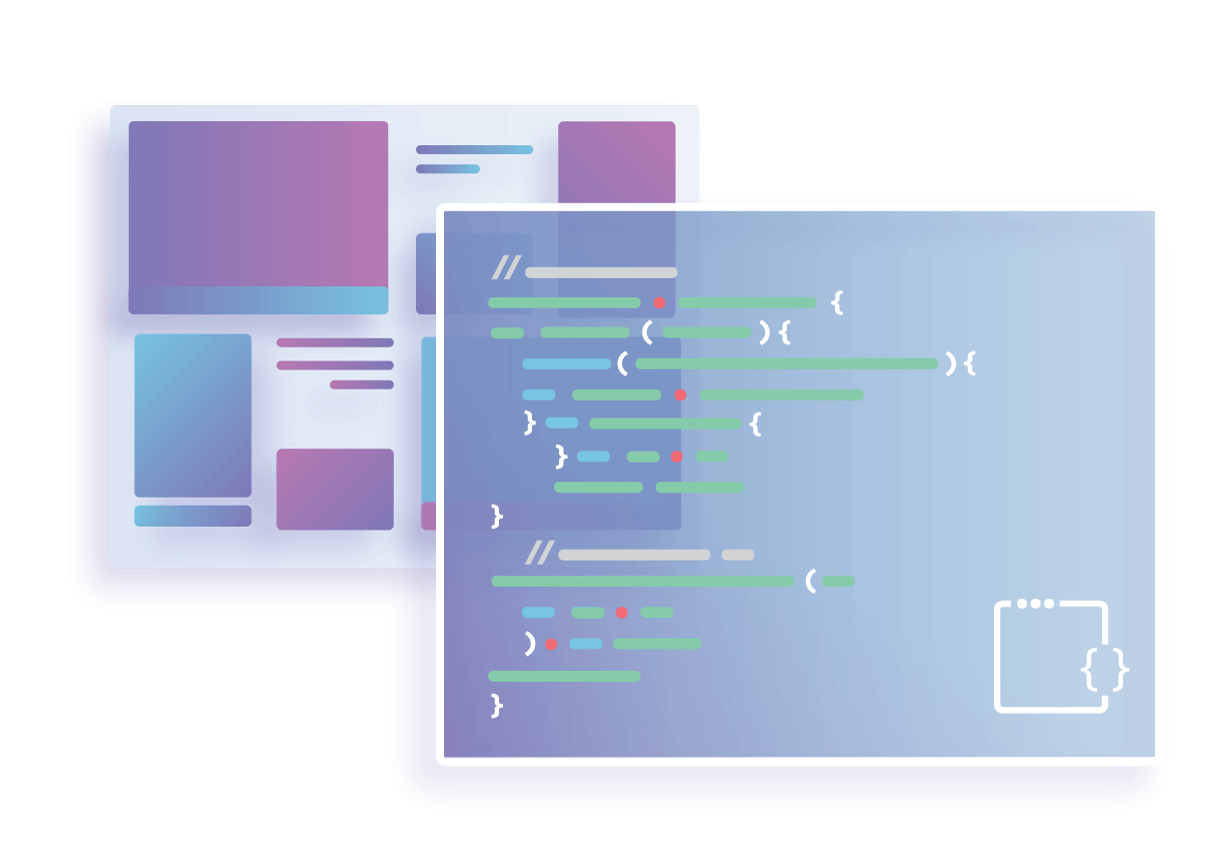Nokia Merges Mobile, Fixed Network Groups as Another Exec Is Shown the Door
 The company says its newly formed Access Networks organization will help it win 5G contracts and battle against rivals Ericsson, Huawei, ZTE, and Samsung.
The company says its newly formed Access Networks organization will help it win 5G contracts and battle against rivals Ericsson, Huawei, ZTE, and Samsung.
The Week in Internet News: France Approves Fake News Law, Looks to Regulate Further

France tackles the Internet: The French government has been making news in recent days for examining ways to regulate the Internet. Its parliament has passed a controversial new law that would allow judges to order the immediate removal of online articles they deem to be fake news, Euronews.com reports. Critics warned the law, which allows for jail sentences for fake news creators, could lead to censorship.
Regulation or autocracy? French President Emmanuel Macron pushed the fake news law, and he also called for more government regulation of the Internet at a recent Internet Governance Forum in Paris. Macron called for international cooperation on Internet issues, as a way to tame disinformation, with CFR.org suggesting governments must adapt to fight modern problems. But TechDirt suggested Macron was acting like an autocrat in his call for more regulation.
Broadband plan MIA: Canada’s government, meanwhile, has “no plan” to bring broadband to rural and remote areas, a government auditor said. Canada’s rural broadband efforts so far have led to “a series of moving targets, lofty proclamations, piecemeal programs, and ultimately big letdowns,” Motherboard says.
Where the money is: Research firm IDC expects investments in Artificial Intelligence to triple in the next three Continue reading
10 Tips for Diagnosing Slow Applications
Top network transport factors include high packet loss, high latency, high jitter, network path changes, Wi-Fi system performance, and insufficient network bandwidth.
Cybersecurity, Data Protection, and IoT Events in November & December

The end of the year has been very busy, with Internet Society staff members speaking at many events on data protection, security-by-design, and the Internet of Things (IoT). First, to recap the last month, you might want to read the Rough Guide to IETF 103, especially Steve Olshansky’s Internet of Things post. Dan York also talked about DNSSEC and the Root KSK Rollover at ICANN 63, and there were several staff members involved in security, privacy, and access discussions at the Internet Governance Forum. In addition, we submitted comments on NIST’s white paper on Internet of Things (IoT) Trust Concerns; the NTIA RFC on Developing the Administration’s Approach to Consumer Privacy; and the NIST draft “Considerations for Managing Internet of Things (IoT) Cybersecurity and Privacy Risks”.
We also have several speaking engagements coming up in the next few weeks. Here’s a quick rundown of the events.
6th National Cybersecurity Conference
27-28 November
Mona, Jamaica
The Mona ICT Policy Centre at CARIMAC, University of the West Indies is hosting the 6th National Cyber Security Conference. The Conference theme this year is “Data Protection – Securing Big Data, Understanding Biometrics and Protecting National ID Systems.” Continue reading
Hygiene of Network Automation
David Gee decided to talk about hygiene of network automation in the Spring 2019 Building Network Automation Solutions online course, and (not surprisingly) Christoph Jaggi wanted to know more:
You highlight the hygiene of automation. What is it and why does it matter?
Hygiene is the important but boring bit of automation most beginners and amateurs pass by.
Read more ...Working out Backend Knots and Building Routers (Austin Real World Serverless Video Recap)

I work in Developer Relations at Cloudflare and I'm fortunate to have top-notch developers around me who are willing to share their knowledge with the greater developer community. I produced a series of events this autumn called Real World Serverless at multiple locations around the world and I want to share the recorded videos from these events.
Our Austin Real World Serverless event (in partnership with the ATX Serverless User Group Meetup) included two talks about Serverless technology featuring Victoria Bernard and Preston Pham from Cloudflare. They spoke about working out backend knots with Workers and building a router for the great good.
About the talks
Working out Backend Knots with Workers - Victoria Bernard (0:00-15:19)
Cloudflare Workers is a platform the makes serverless development and deployment easier than ever. A worker is a script running between your clients' browsers and your site's origin that can intercept requests. Victoria went over some popular use cases of how proxy workers can dramatically improve a site's performance and add functionality that would normally require toying with complicated back-end services.
Build a Router for Great Good - Preston Pham (15:20-33:53)
Serverless computing is great, but requires routing or some kind of API Continue reading
Weekly Top Posts: 2018-11-25
- Verizon Buys Software-Defined Perimeter Assets From Vidder
- IBM Boosts Cloud Migration, Management
- Citrix Buys Sapho for $200M to Grow Its Digital Workspace Tech
- Microsoft, IBM Top ABI’s Blockchain Platform Provider List
- ZTE Flips the RAN Script on Samsung in Q3, Says Dell’Oro
My Second Cloudflare Company Retreat

Last week, 760 humans from Singapore, London, Beijing, Sydney, Nairobi, Austin, New York, Miami, Washington DC, Warsaw, Munich, Brussels, and Champaign reunited with their San Francisco counterparts for our 9th annual Cloudflare company retreat in the San Francisco Bay Area. The purpose of the company retreat is to bring all global employees together under one roof to bond, build bridges, have fun, and learn – all in support of Cloudflare’s mission to help build a better Internet.
It’s easy to write off corporate retreats as an obligatory series of meetings and tired speeches, but Cloudflare’s retreats are uniquely engaging, personalized, fun, and inspiring. Having grown with Cloudflare over the last year (I started just before our 2017 retreat), I wanted to share some of my experiences to highlight Cloudflare’s incredible culture.
The office was buzzing with different languages and laughter as people hugged and shook hands for the first time after working online together for a year or more. Everyone’s Google calendar looked like a rainbow as we each mined for white space to squeeze in those coveted 1:1s, all-hands presentations, and bowling offsites with our global colleagues. The buses and Google chats felt like summer camp, with people claiming Continue reading
How and Why to Give 4G the 5G Treatment
 MEC is an idea whose time has come. And for mobile operators, advertisers, and OTT providers, it's also an idea that can't come soon enough.
MEC is an idea whose time has come. And for mobile operators, advertisers, and OTT providers, it's also an idea that can't come soon enough.
Attitude and Gratitude
I don’t often let my studies in philosophy and worldview creep into these pages intentionally. I don’t think it can be helped, of course, because the more I study philosophy, the more I see just how practical it is (contrary to popular belief). On the other hand, sometimes an observation about our world jumps out at me so strongly that I cannot help but to post about it here. If you don’t want to hear this, I give you permission to stop reading now. 
Today, in the U.S., is what is called “Black Friday.” The name derives from a major stock market crash in the 1850’s, but was eventually applied to the combined shopping and football crowds the day after Thanksgiving by the Philadelphia Police, and now, finally to the general shopping day after Thanksgiving in the U.S.
Thanksgiving is all about giving thanks. About gathering family and friends, and appreciating community, and people, and the shared blessings of homes and meals together. It is interesting that Thanksgiving and Black Friday are juxtaposed in just this way. The family right up against the commercial, the quietness of the home against the loudness of the market. Maybe Continue reading
5 Ways to Improve Video and Real-time Enterprise Apps
By taking a more proactive approach to mobile worker connectivity, enterprises can not only significantly improve productivity but also decrease company support costs.
